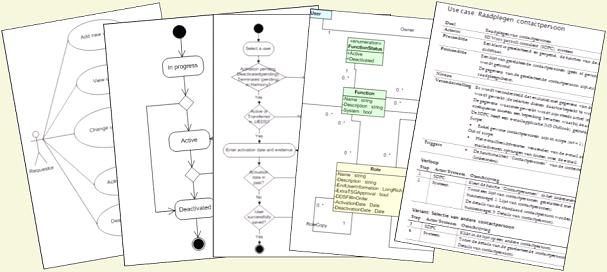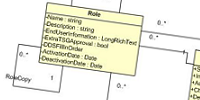|
Why wait until it is too late?
To implement a complex system, developers need a clear and easy understandable representation of the new requirements that can be used without interpretations.
An analysis is a contract. It is used to make agreements between the different parties describing the business procedures and defining the included and excluded functionalities. The analysis should clearly specify what will be created and state what won't be.
Mostly, the analysis starts by gathering information. The people knowing the processes will be interviewed. The results of the analysis are structured in deliverables. These are documents, screen sketches, schemes and so on.

With a passion for words, the functional analyst writes documents in a structured way, completed with schemes and drawings. A picture is worth a thousand words. For this reason, a scheme or a screen sketch is a valuable element in functional analysis.
The analyst is a key player.
Similar to a house, a functional analyst is the architect designing a blueprint used by the builders. The functional analyst studies certain business requirements of specific matters, such as insurances, bank accounts, salary calculation, invoicing, user access, gas transfers, and so on.
With the different stakeholders the functional analyst discusses and transfers information between people. The analyst organises meetings and interviews resources.
In this way, the functional analyst is the bridge between users and developers.
The functional analyst is a key player in a project team, a point of contact, a guide to help projects forward and a coach for team members.
|


